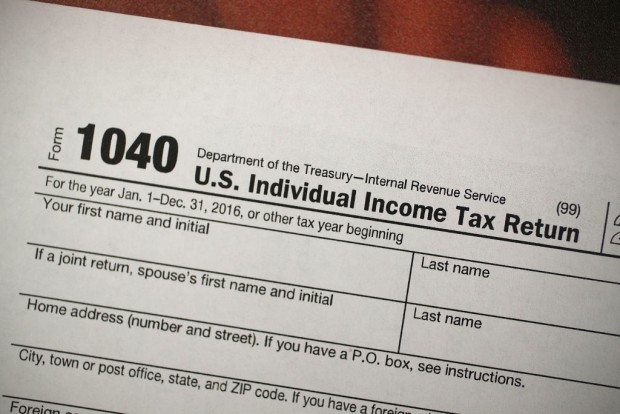Why Your Tax Refund is Delayed and What to Do Next
By John Lopez
Apr 15, 2024 02:30 PM EDT
Apr 15, 2024 02:30 PM EDT
Tax season often brings anticipation for many Americans as they await their tax refunds, but for some, this anticipation turns into frustration as refunds are delayed.
Find out the underlying causes of these delays and gain valuable insights on the next steps taxpayers can take.
According to the Wall Street Journal, tax refund delays can be attributed to various factors, including identity theft, errors in filings, or backlogs within the Internal Revenue Service (IRS).
Instances like Chris Horan's, who waited over a year for a $30,000 refund, highlight the severity of the issue. The IRS acknowledged a substantial backlog, with 686,000 individual returns pending processing, as reported by the Post.
While delays are not uncommon, taxpayers are not left without possible solutions. Experts advise filers to first check the IRS website's "Where's My Refund" tool.
You can begin tracking your refund status shortly after filing your taxes. For the 2023 tax year, it is within 24 hours of e-filing; for 2021 or 2022, it is 3 to 4 days after e-filing; and for mailed returns, it is about 4 weeks. Once your return is processed and your refund approved, Where's My Refund? provides a personalized refund date.
The tracker follows three stages: Return Received, Refund Approved, and Refund Sent. To utilize Where's My Refund?, input your Social Security number or individual taxpayer ID number (ITIN), filing status, and the exact whole dollar amount of your anticipated refund.
As noted by tax advisers, escalating the issue to the Taxpayer Advocate Service is recommended if no resolution is found within six weeks, especially in cases causing financial hardship.
READ MORE: 940,000 Taxpayers May Receive Extra $932 Tax Refunds From IRS; Here's Why!

(Photo : Photo by Joe Raedle/Getty Images)
Meanwhile, CNET tells us that, in addition to the IRS's "Where's My Refund" tool, the IRS2Go mobile app can be a valuable resource for tracking refund statuses.
These tools offer insights into the processing stages, from "Received" to "Approved" and "Sent." Common messages such as Tax Topic 152 or 151 provide additional context for taxpayers navigating the refund process.
Furthermore, it is emphasized that directly contacting the IRS should be reserved for situations where online resources do not suffice, given the challenges in reaching live assistance.
READ NEXT: American Companies Are Exploring 4-Day Workweek Setup; Is It Really Possible?
© 2024 VCPOST, All rights reserved. Do not reproduce without permission.
Join the Conversation